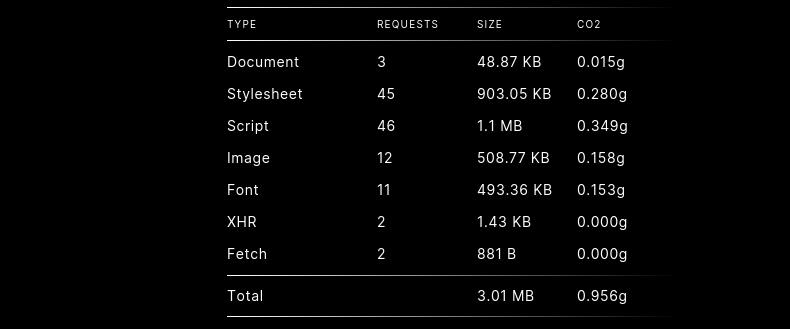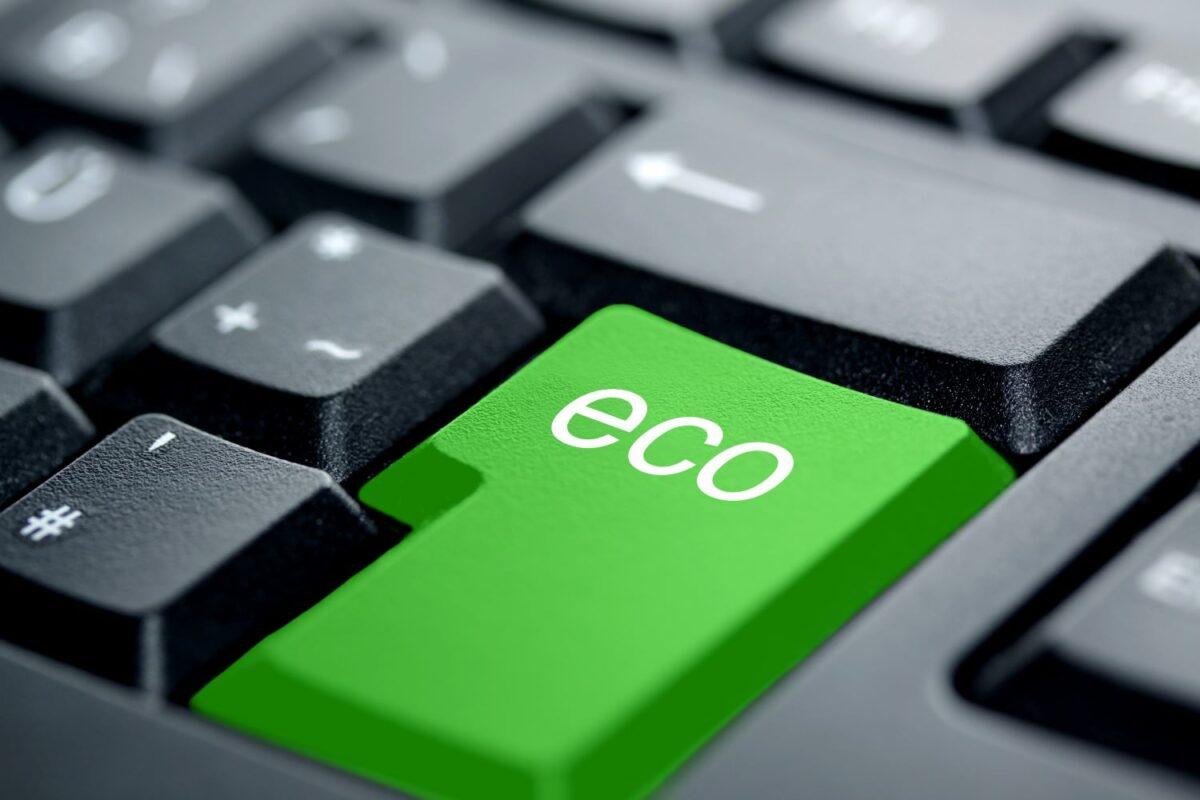Running a website or blog consumes electricity and creates CO2 emissions. If you run your own travel blog or website, here are some tips on how to make it sustainable and reduce your digital carbon footprint. BILD: ©IckeT | Stock.Adobe.com
#1 Choose a green hosting provider
One thing you can do is choose a host that uses green energy to power its data centers. For example, you can find a list of hosts in the Green Web Foundation directory. However, not all hosts are listed there, so it’s also worth checking your provider’s website.
#2 Reduce data volume
The second important measure is to reduce the amount of data on the Web site. Tools are available to measure how much data the site transfers per request. It has been estimated that the transfer of one gigabyte causes 358 grams of CO2 emissions. With Beacon, you can see in the analysis which data accounts for the largest share, and you can also get a classification in categories A to F.

Note: The amount of data shown here is the display of a subpage, but without the consent of a cookie banner and without scrolling the site. It is therefore only a first indication. Actual usage also depends on the number of visitors, the ratio of new and returning visitors, and much more.
In practice, there are three values that always come up: scripts, images, and fonts.
It is not possible for an editor who maintains the content of the site to optimize scripts.
If you built the site yourself using a template or building block, it is also almost impossible to make changes. If you hired a web designer to create your site, ask them if they can create a climate-friendly site or optimize your existing site.
For your travel blog, it’s better to use only one font.
When it comes to fonts, it makes sense for usability reasons not to use too many fonts on a page at the same time. The fewer fonts that are loaded, the less data is required. Therefore, it is better to use accents sparingly to provide a clear image.
Options for eco-friendly image optimization on the Web
You have the most control over images. There are several steps you can take to optimize your images:
#1 Save images at the size you actually need
Often, images are saved at a resolution that is much too high. For example, an image with a resolution of 5,300 pixels has a size of 4.9 megabytes (MB). It is displayed on the web page at a width of 700 pixels. When the image is scaled, it is only 226 kilobytes (KB) in size. Images can also be compressed. In the tested example, the image was reduced to 55 kilobytes.
#2 Modern image formats use
The webp image format is already very well compressed. If you are using images in this format, scaling them to the appropriate size is sufficient.
#3 Download images on demand
Not only can the image itself be optimized, but also the way it is integrated. With lazy loading, the image is only loaded when the user scrolls. So it is not transferred directly when the page is accessed.
It is also a good idea to enable browser caching. This reduces the amount of data for returning visitors.
Reducing the amount of data not only helps the environment, it also makes your site faster. This is one of the factors Google uses to rank your site. And your users will thank you for it.
For more tips on digital frugality, check out our blog post on the carbon footprint of email, messengers, and social platforms.
This is a guest post by Rona Linke | Netzum Sorglos




